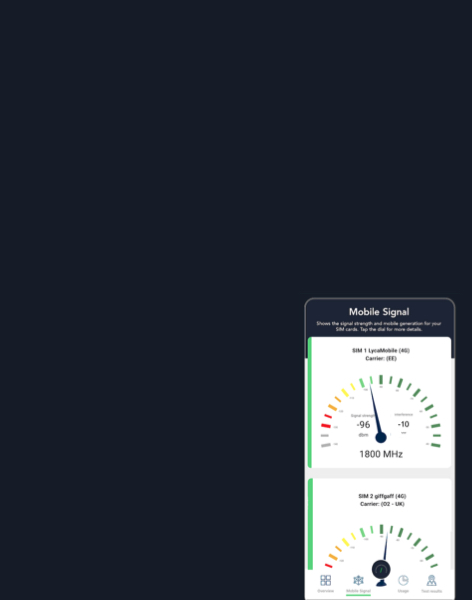What are the financial implications of mobile coverage obligations?
Download the coverage obligations white paper
Mobile coverage obligations are an increasingly important part of spectrum auctions and national connectivity strategies. This reflects the growing economic importance of mobile broadband and the patchy success of previous initiatives. In many developed nations there are no reliable voice and data services in large areas of the country.
It is understandable that policy-makers are trying to rectify this, but what is the cost to the operators? Potentially the expense can be enormous, but getting a reliable idea of the financial implications depends on a wide range of factors. These include:
- Population density
- Topography
- Forestation
- Frequency band
- Quality of service (QoS)
- Number of users
For example, a mobile operator could argue they are providing coverage if signals can be received in a given area. But if the regulator were to insist on stringent QoS such that 95% of calls were successful and customers could achieve 2 Mbps download speeds, the cost increase could be enormous.
These are the coverage obligations being proposed for the 700 MHz auction in the UK and we work through the costs in our new white paper, which is available for download as part of our weekly Spectrum Briefing. Our model shows that imposing these QoS-based coverage obligations increases costs by a factor of about five. This may be justified in policy terms and our model gives an independent method for estimating costs.
PolicyTracker has developed a four step methodology based on internationally recognised population density figures for every country in the world; propagation modelling using methods recommended by the ITUThe International Telecommunication U...; latest CAPEX and OPEX costings for network equipment; and operator ARPU figures. Download our white paper to see how this has been applied to 700 MHz in the UK.
This approach can be applied to any country, any frequency band and to all types of coverage obligations. It is particularly useful for:
- regulators planning coverage obligations who want an objective view
- financial analysts looking at long term prospects for mobile operators
- lawyers carrying out due diligence work
Contact us to find out how we can help.
